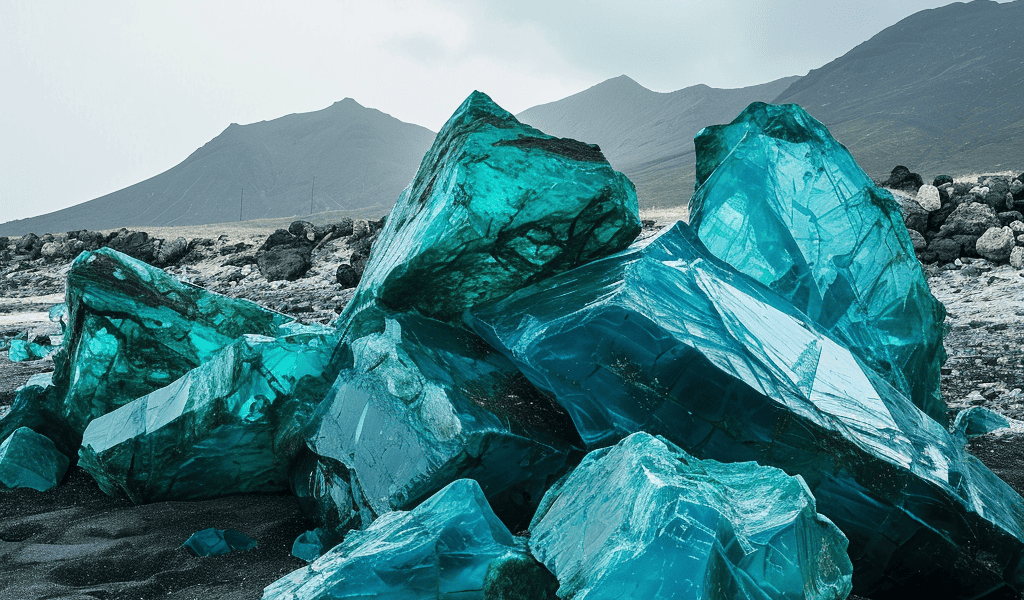In a shocking revelation, geologist Fernanda Avelar Santos has discovered the presence of plastistones, rocks formed from plastic pollution, on Trindade Island, located 1,140km off the coast of Brazil. These plastistones are a result of the fusion of plastic debris, fishing nets, heavy metals, organic solvents, and microplastic remnants with sedimentary rocks, forming a peculiar blue-green appearance.
What is even more alarming is that these plastistones have been found across five continents and 11 countries, including the United States, Portugal, the United Kingdom, Italy, Japan, Spain, China, India, Bangladesh, Brazil, and Peru. The widespread presence of these plastistones has raised concerns among researchers, indicating a potential shift in the concept of rock and sedimentary deposit formations due to human interventions.
Professor Santos, from the Federal University of Parana in southern Brazil, first encountered plastistones in 2019 during her research on geological risks on Trindade Island. The discovery has led to the publication of a study in the Marine Pollution Bulletin in September 2023, highlighting the significant impact of marine pollution on geological processes.
This finding has prompted discussions about the implications of this phenomenon, with some experts suggesting that it could signify the beginning of the Anthropocene, a new geological age marking humanity’s substantial alteration of the earth’s surface, atmosphere, oceans, and nutrient cycling systems. The presence of plastistones has underscored the long-lasting effects of human activities on the planet, as these materials become preserved in the earth’s geological records.
The research team led by Professor Santos emphasized the need to reevaluate what is considered natural in the context of geological formations, as human interventions have become pervasive. The discovery of plastistones on Trindade Island, particularly in the vicinity of Turtle Beach, a protected nature reserve and the largest breeding ground for endangered green turtles, has raised concerns about the impact of human activities on delicate ecosystems.
As the scientific community grapples with the implications of plastistones, it is evident that the pervasive nature of marine pollution has led to the formation of a new type of geological material. The presence of plastistones serves as a stark reminder of the urgent need to address the global issue of plastic pollution and its far-reaching consequences on the environment and geological processes.





